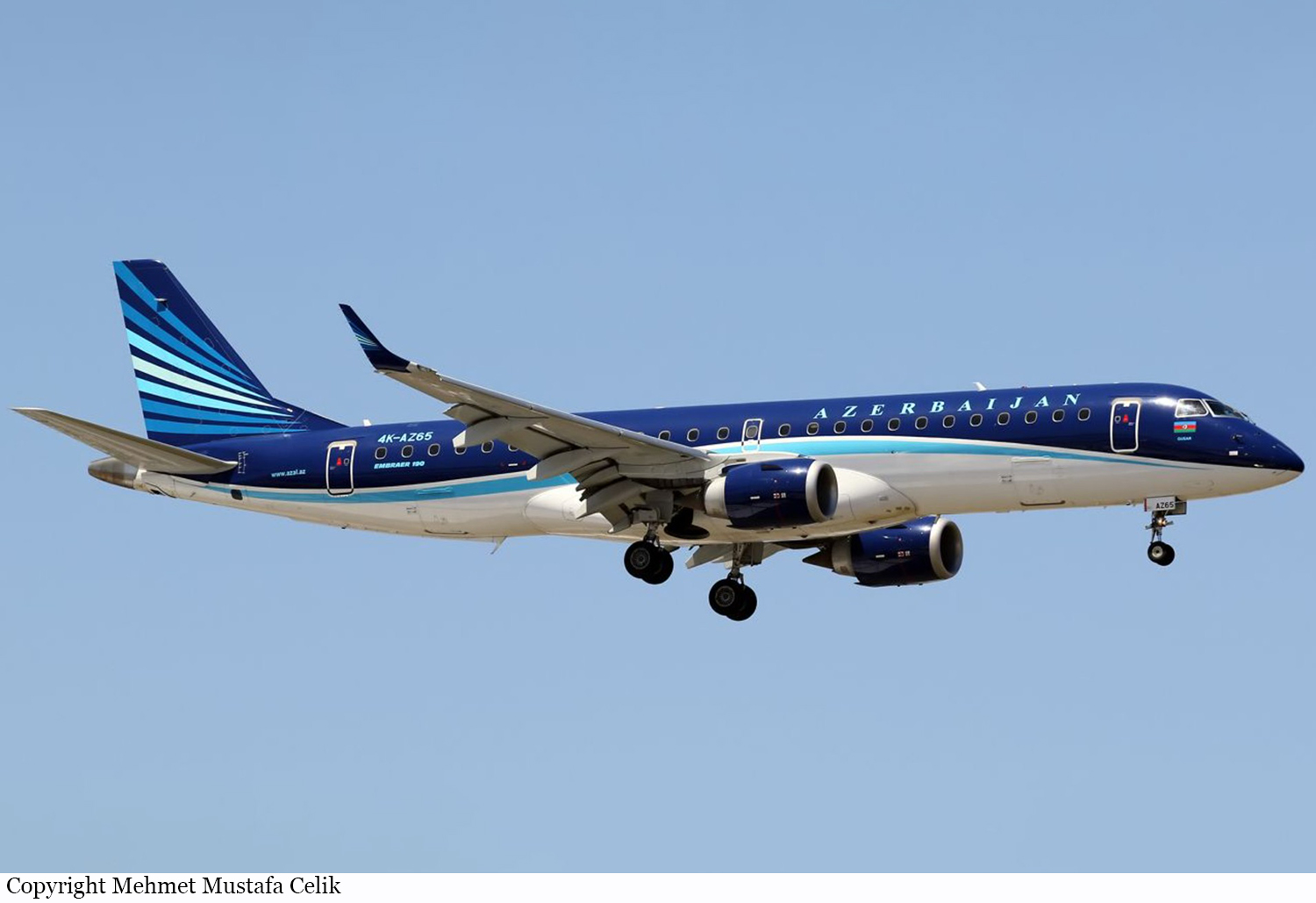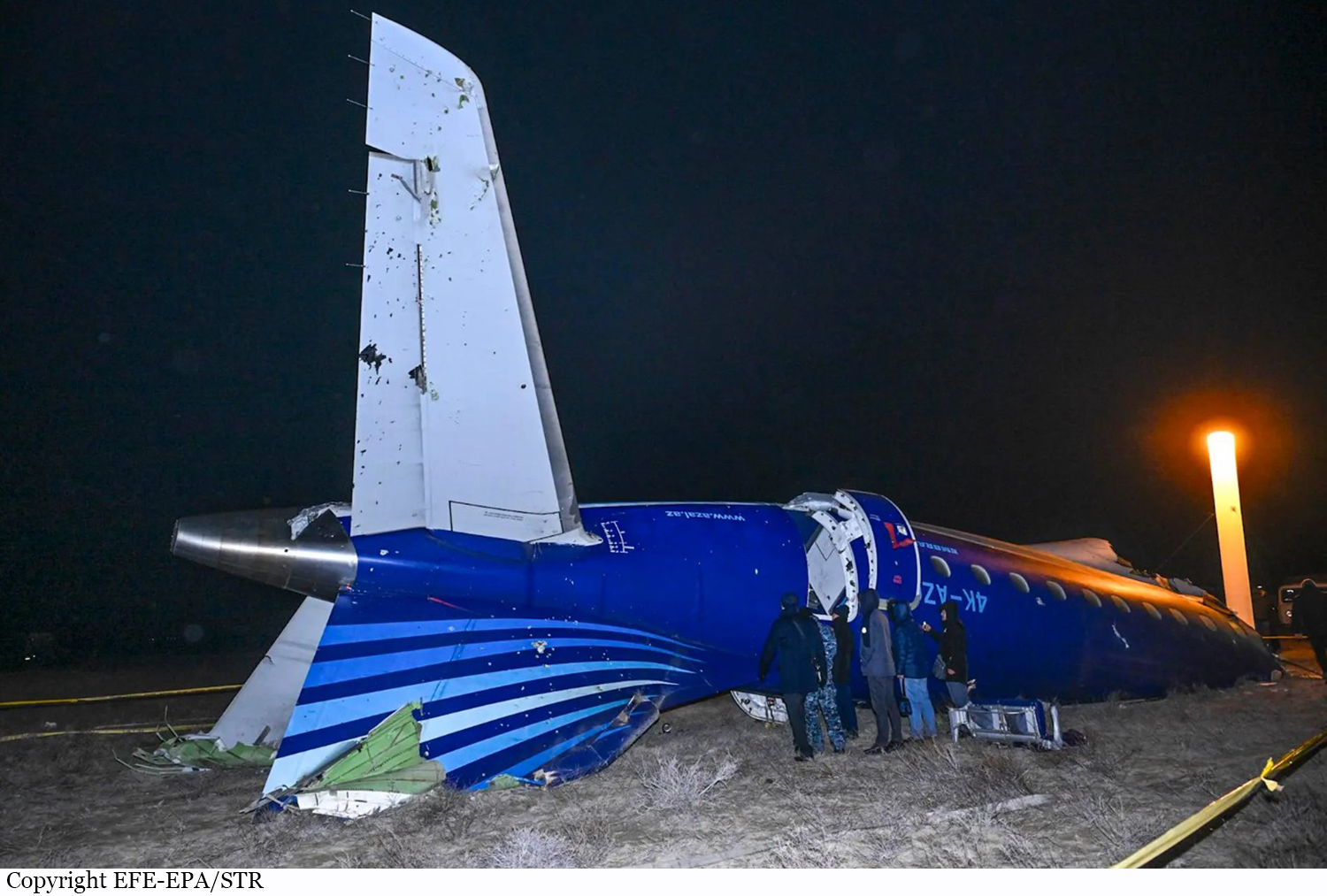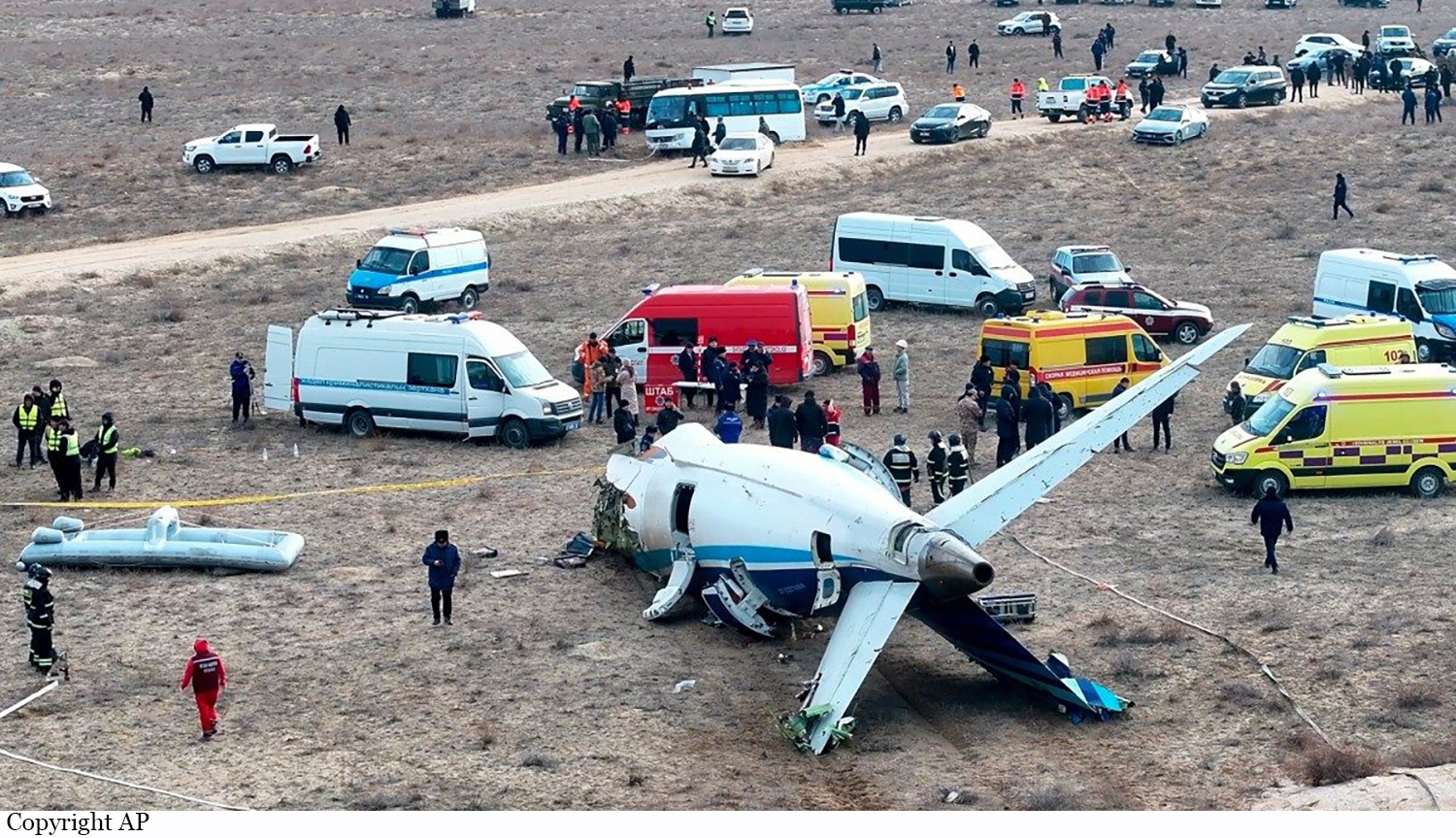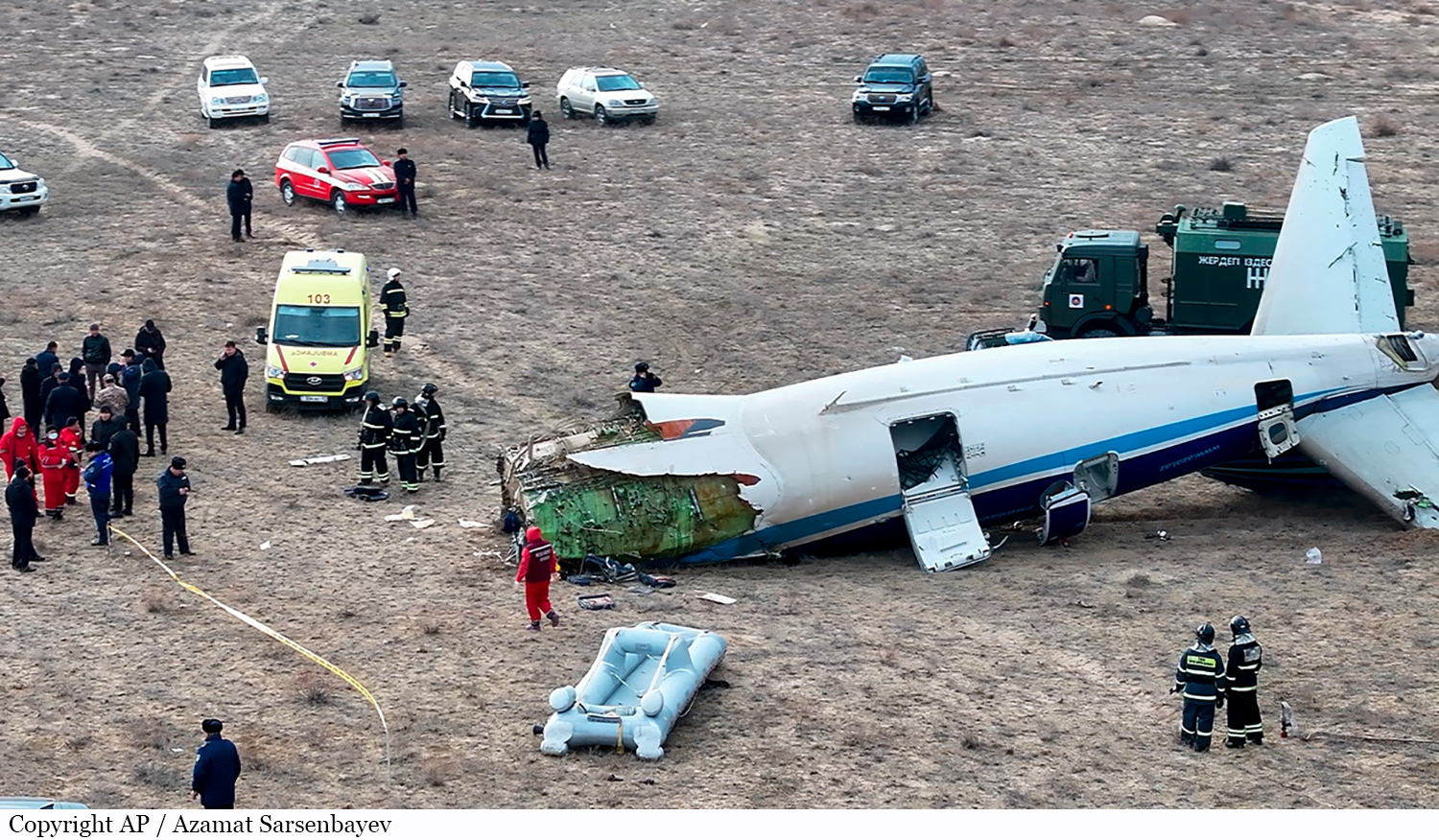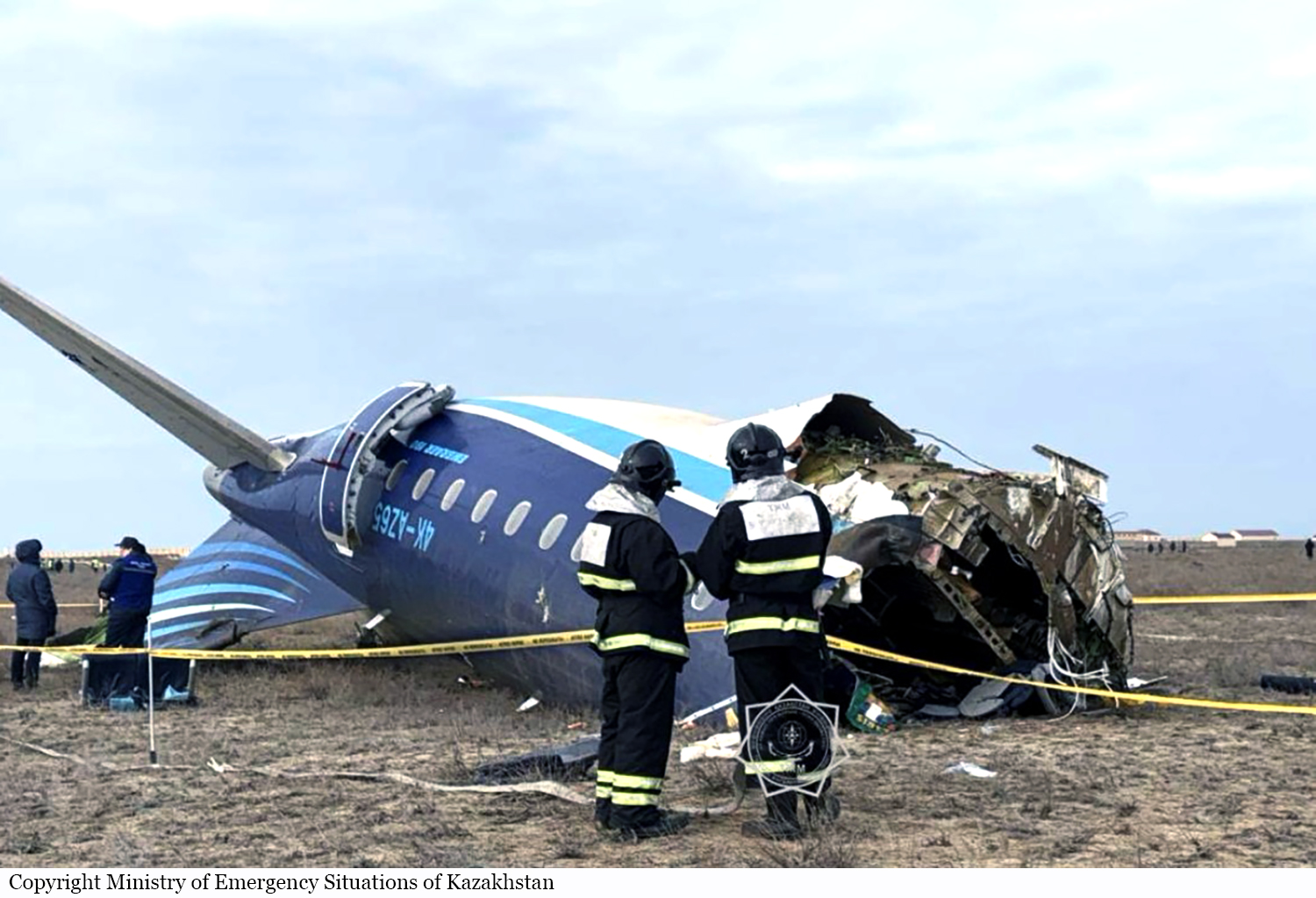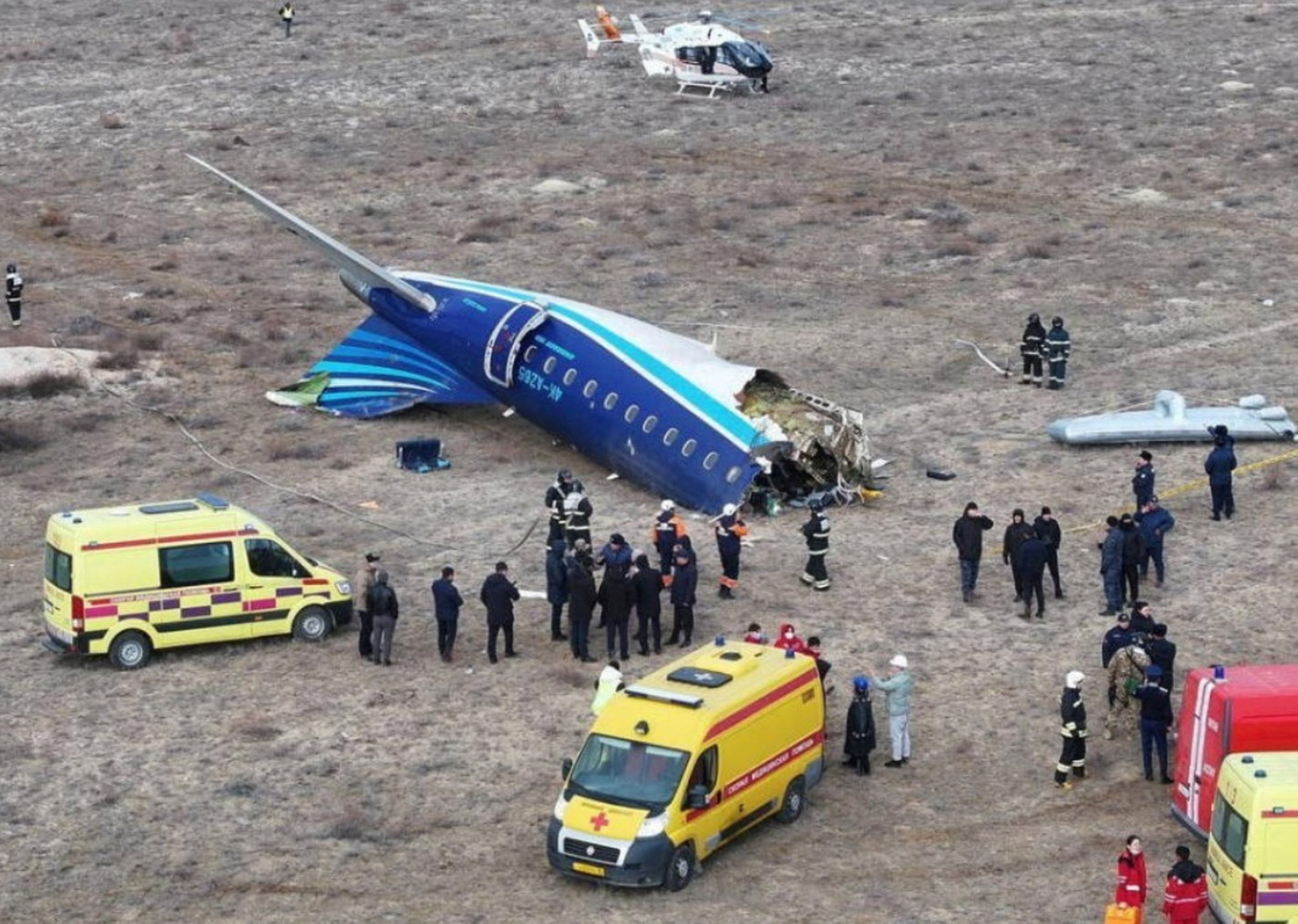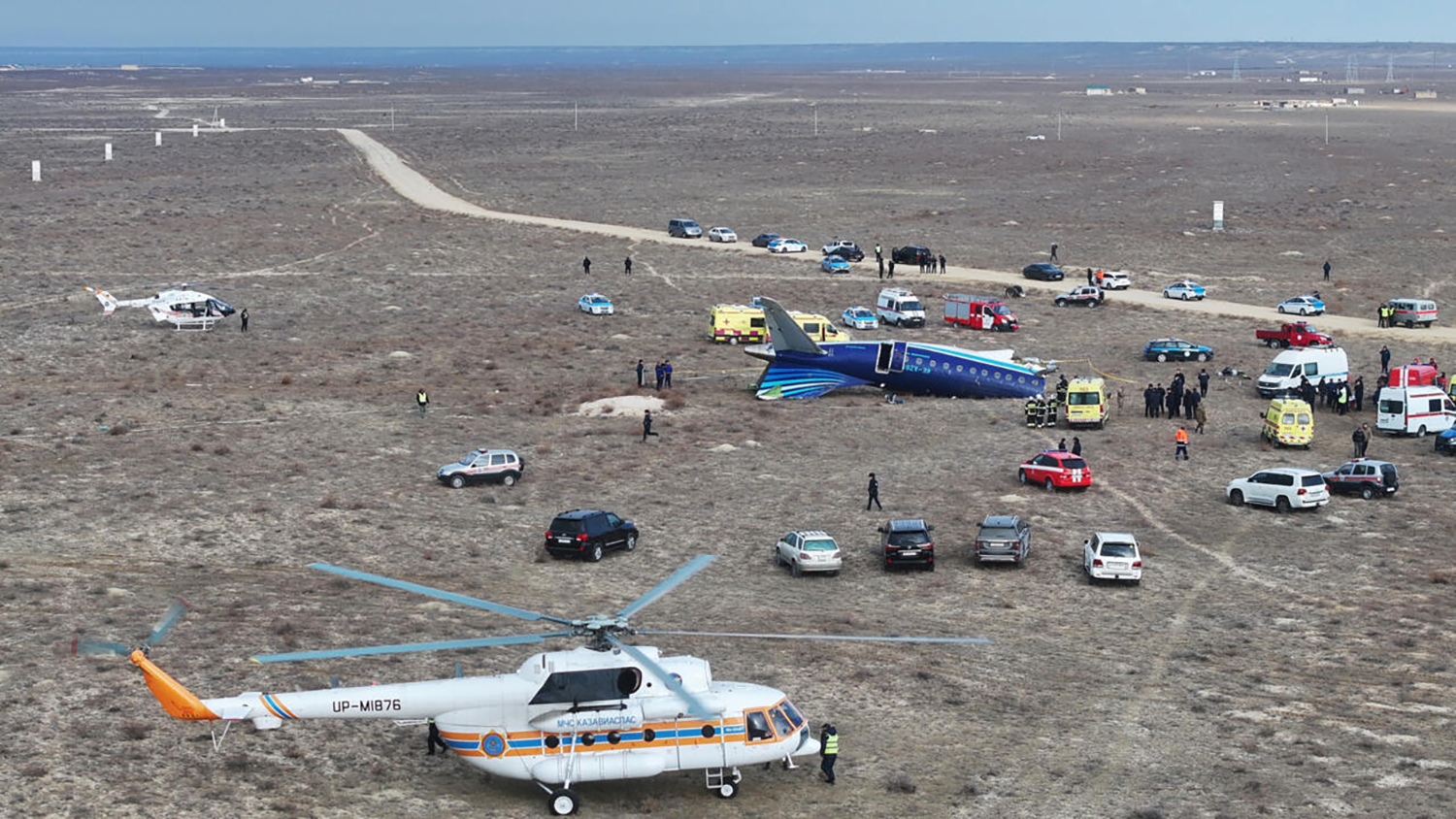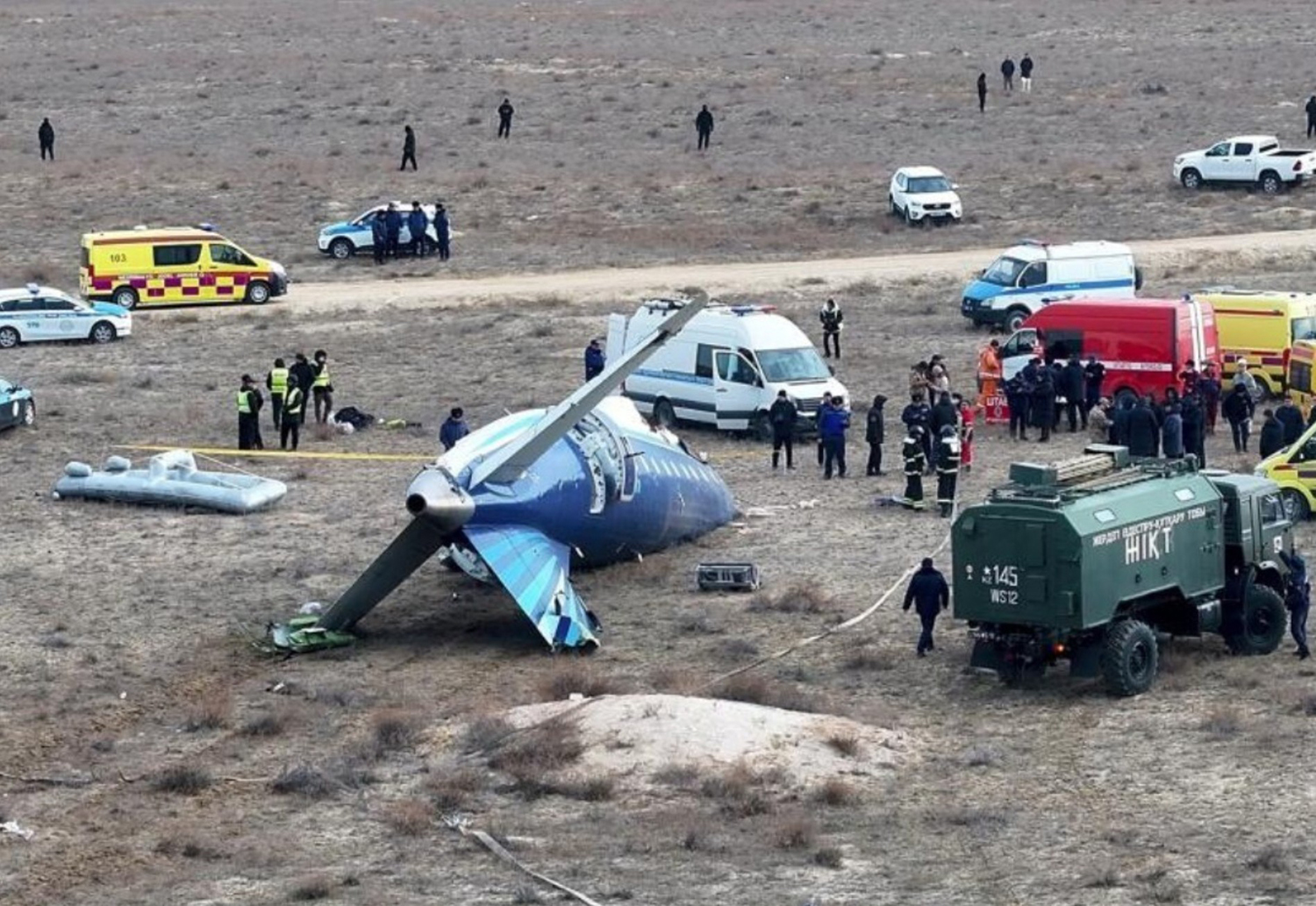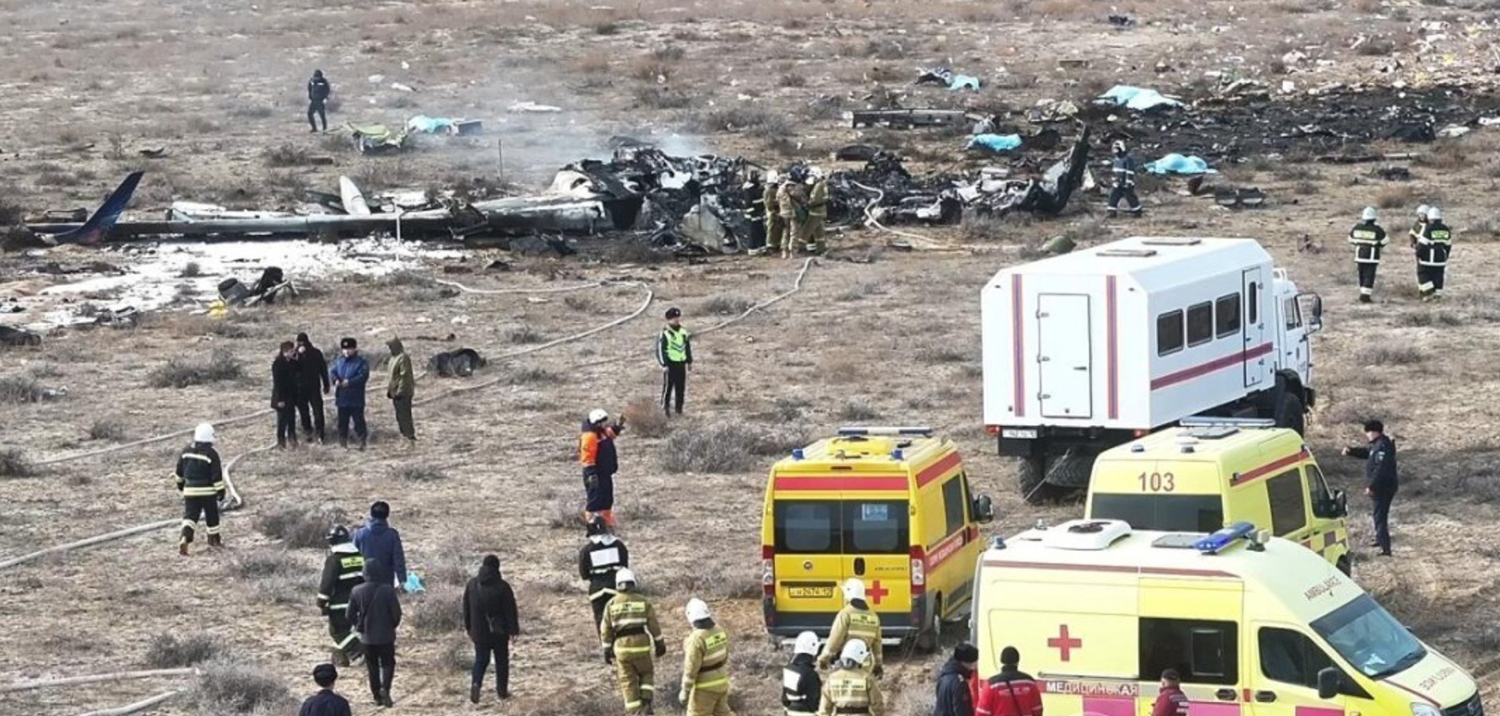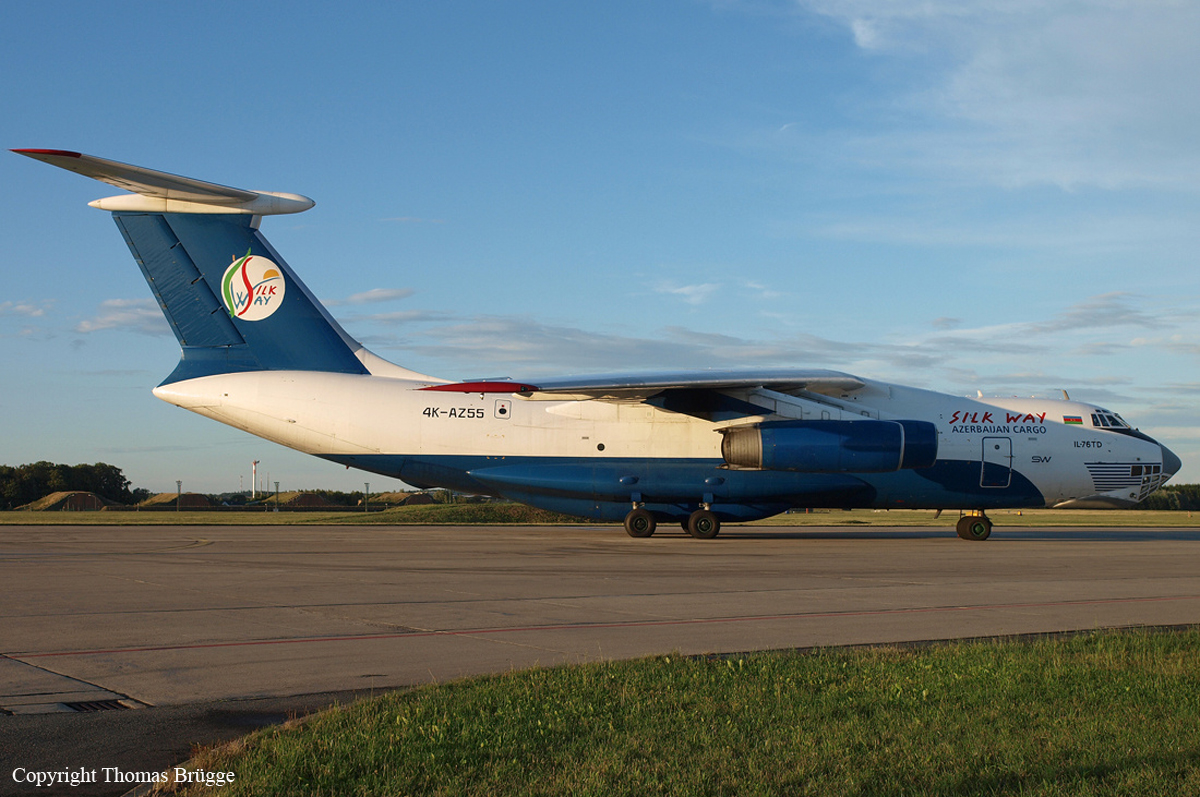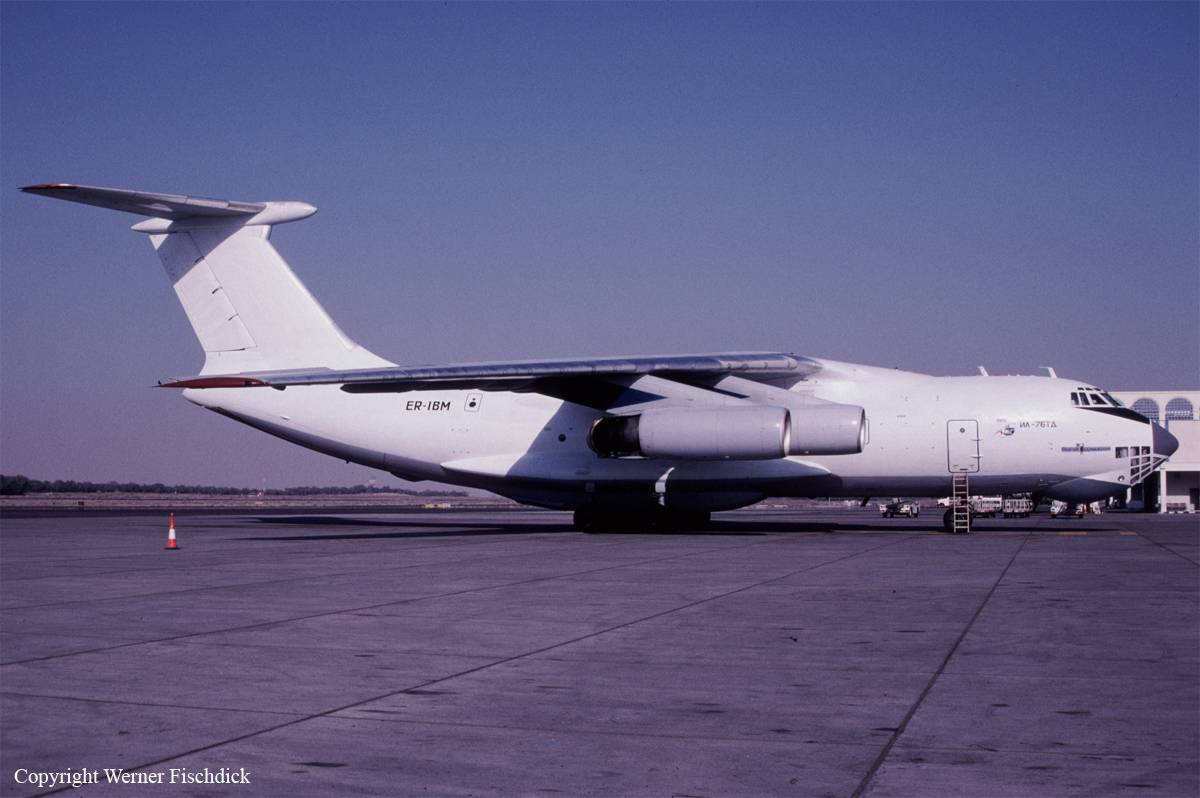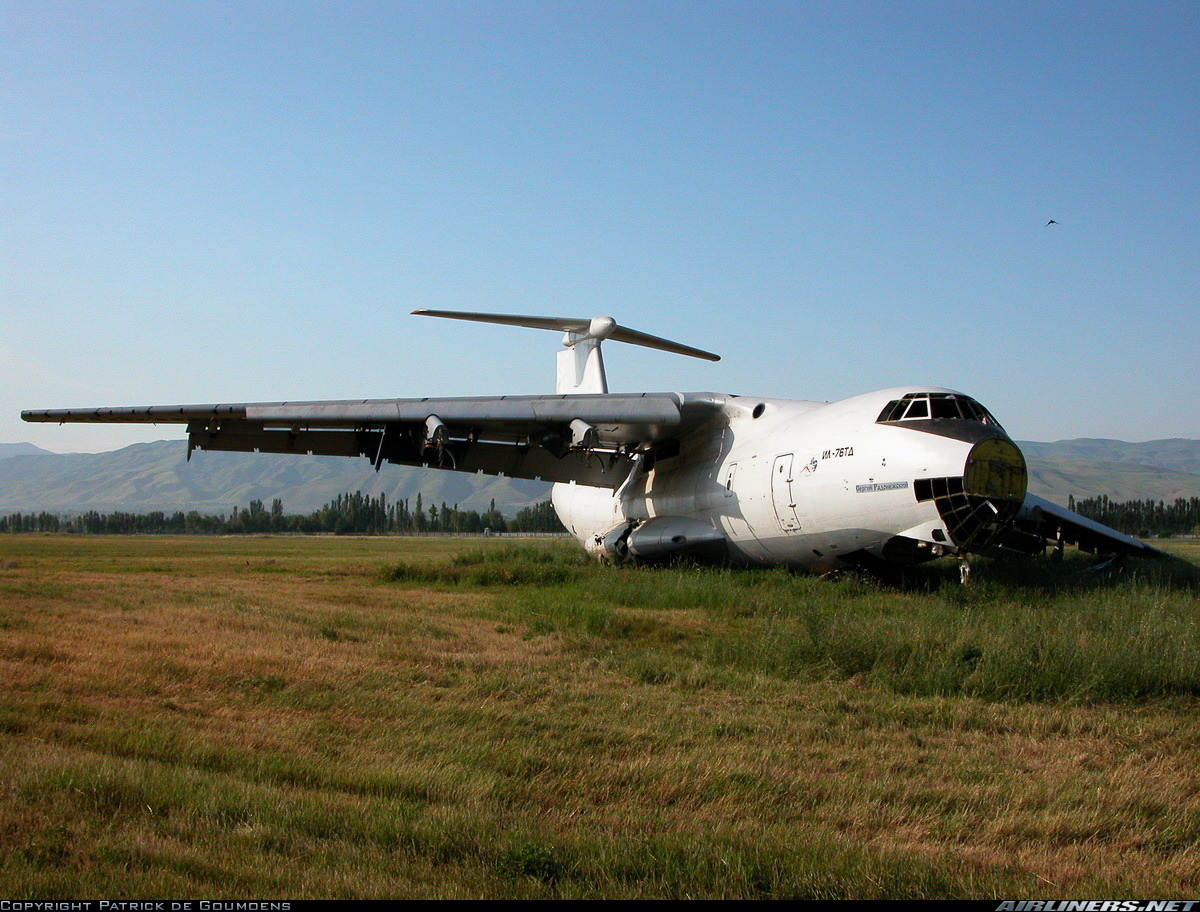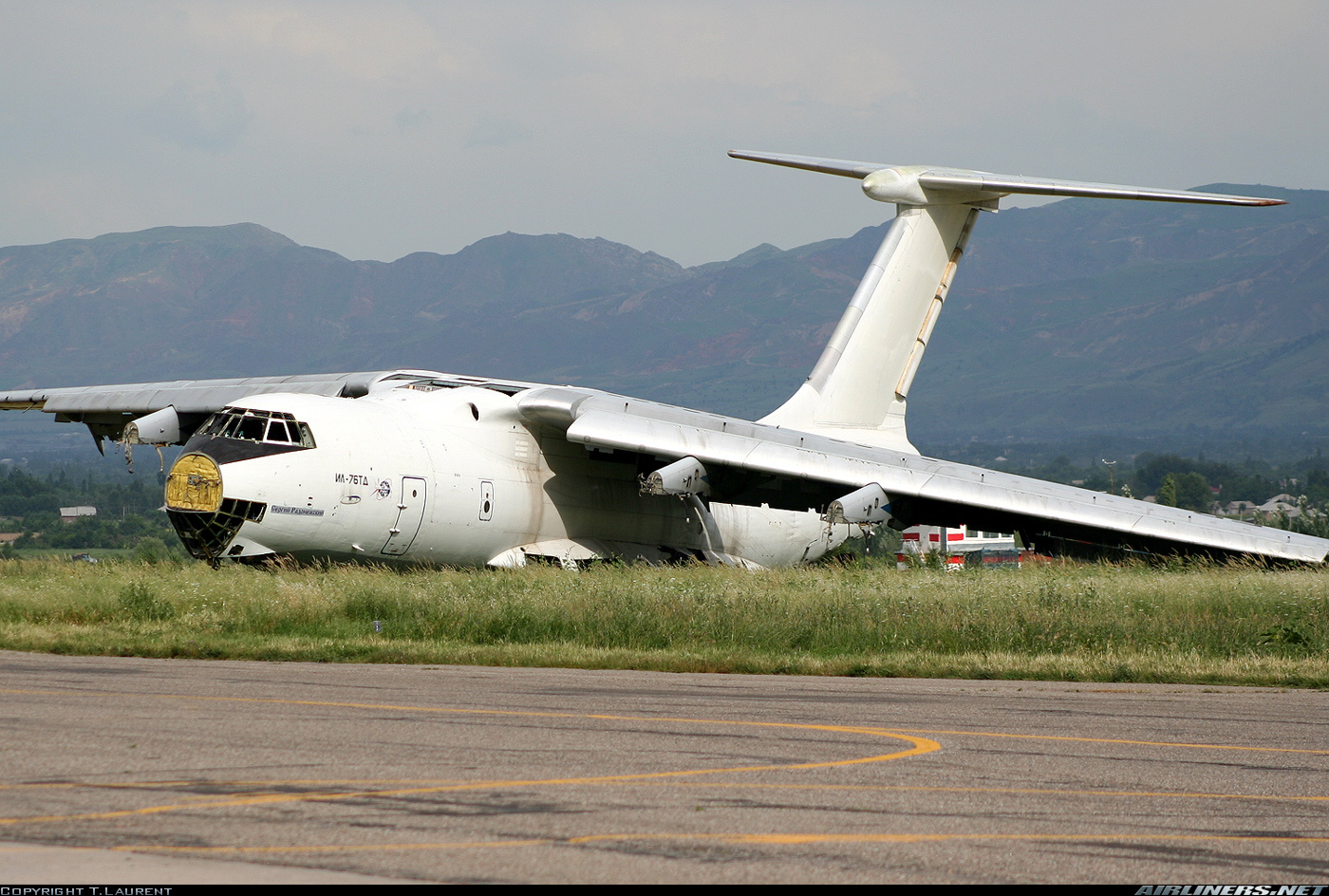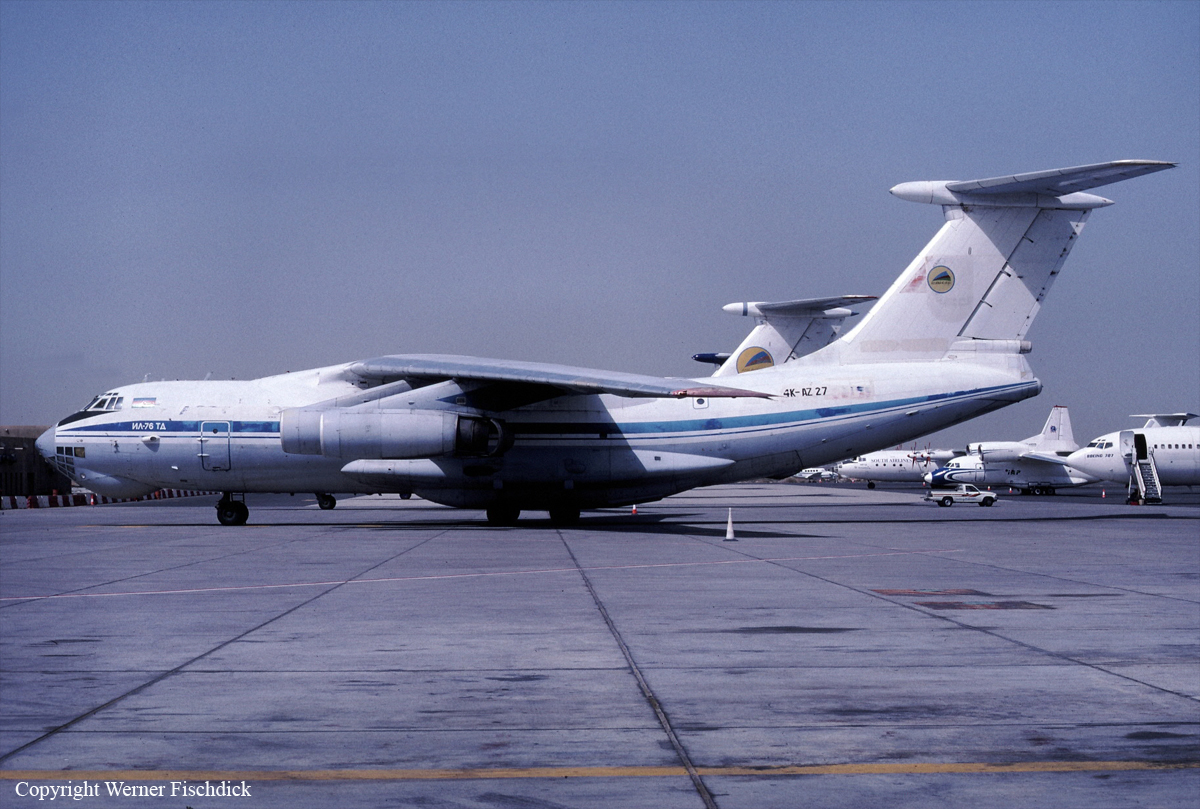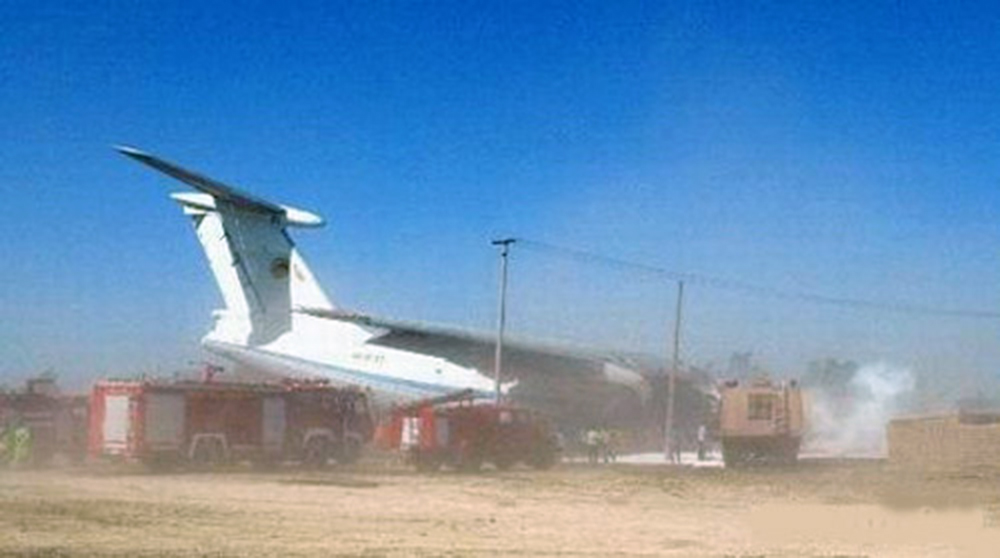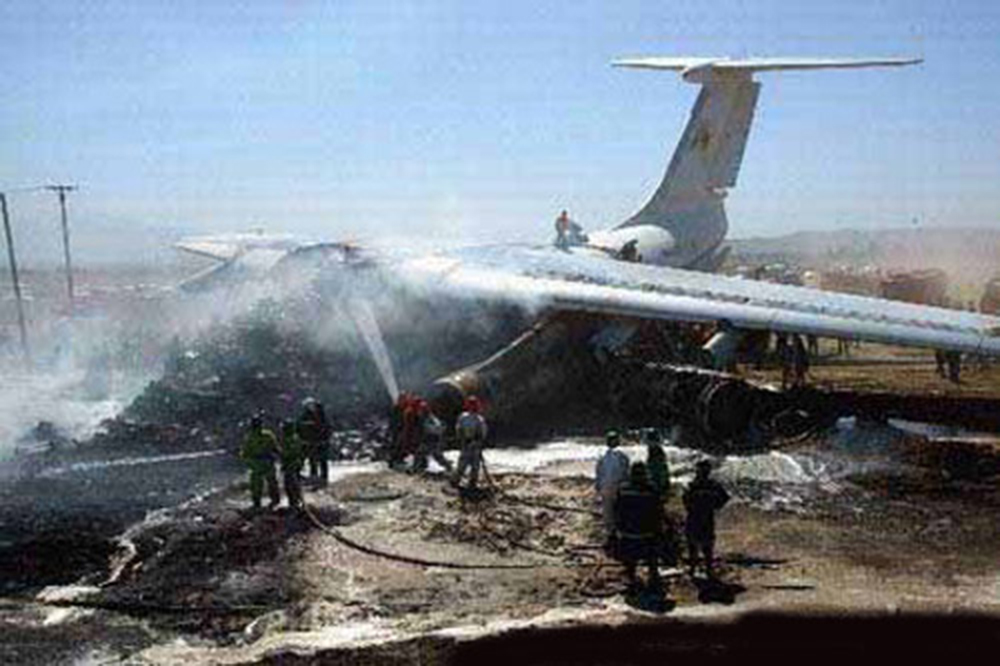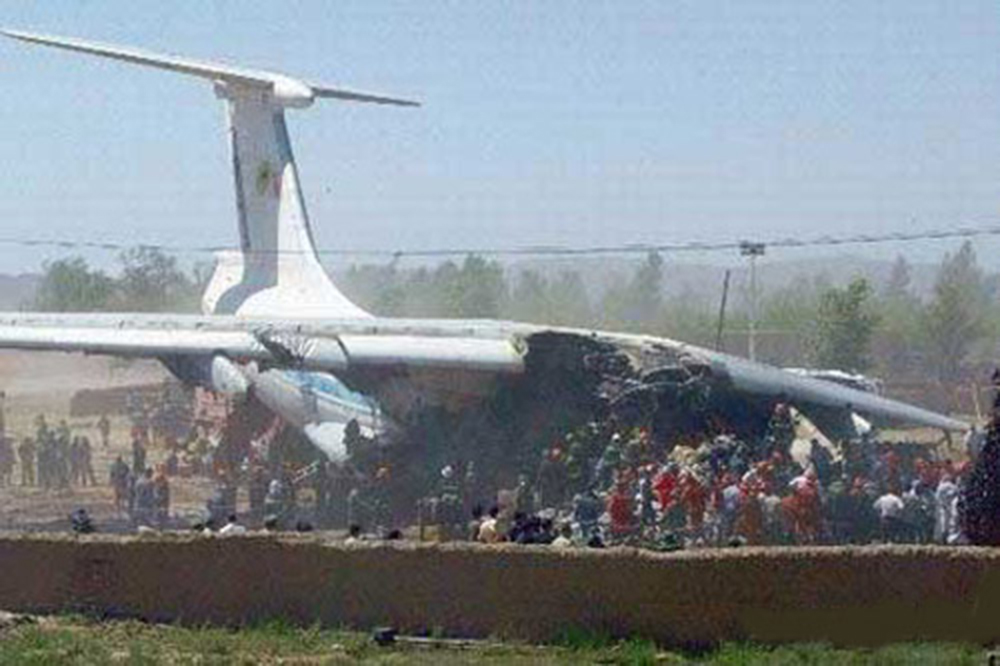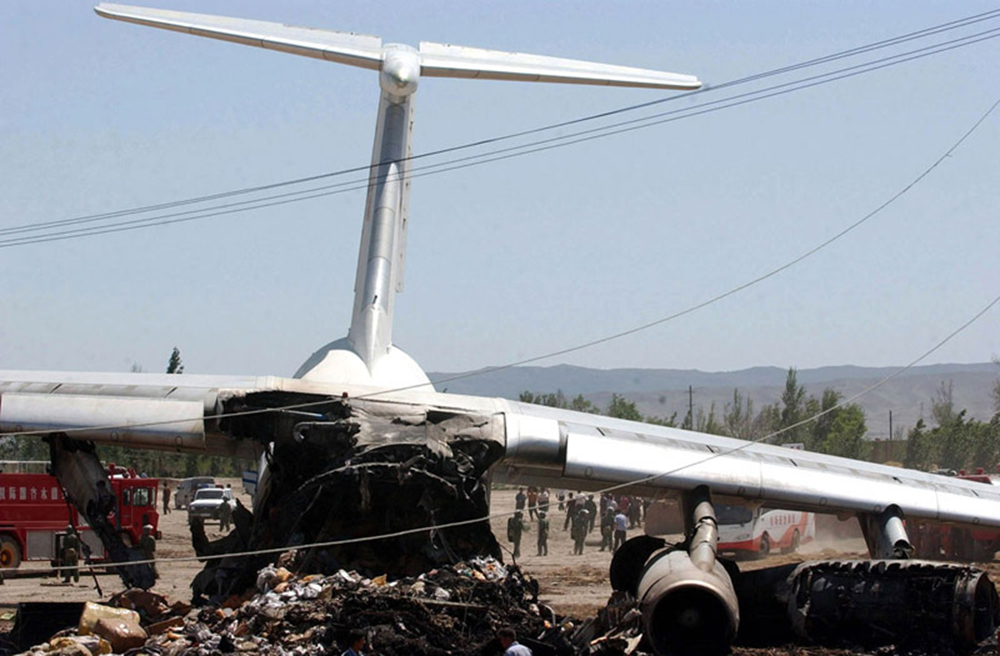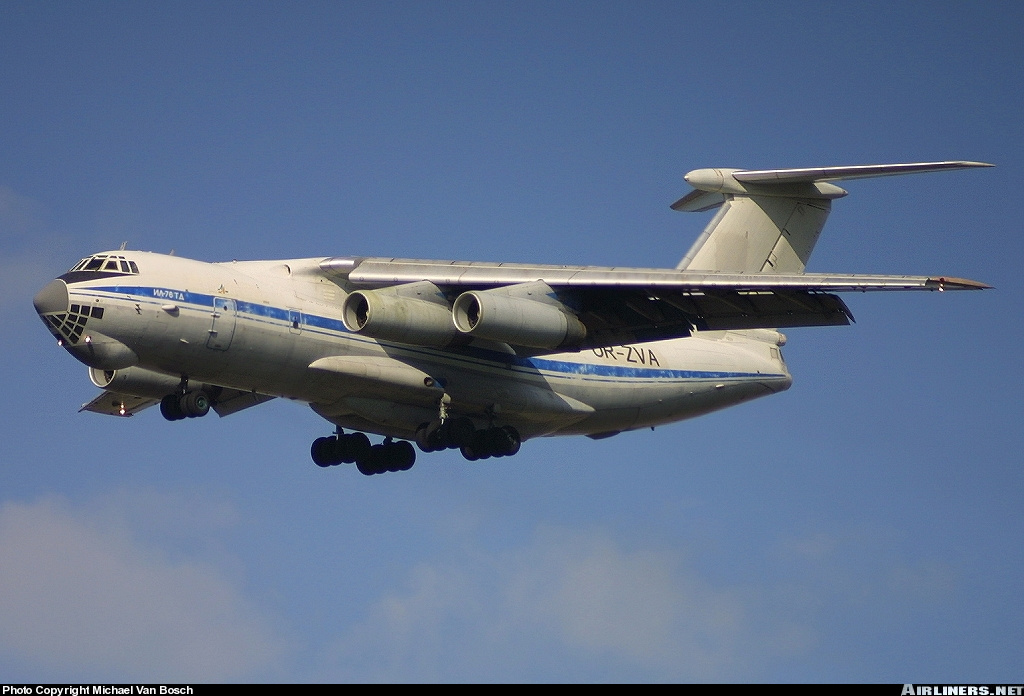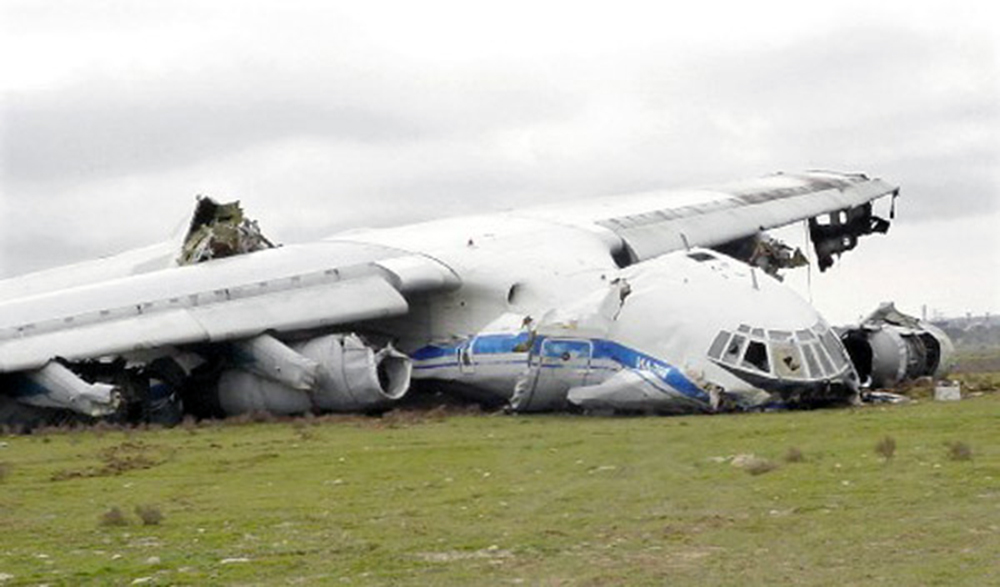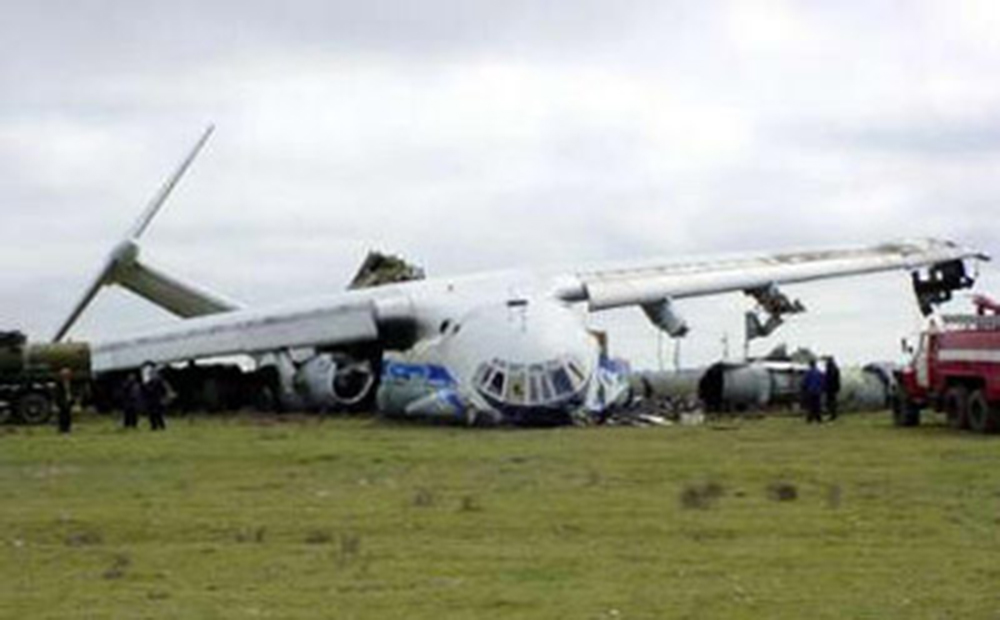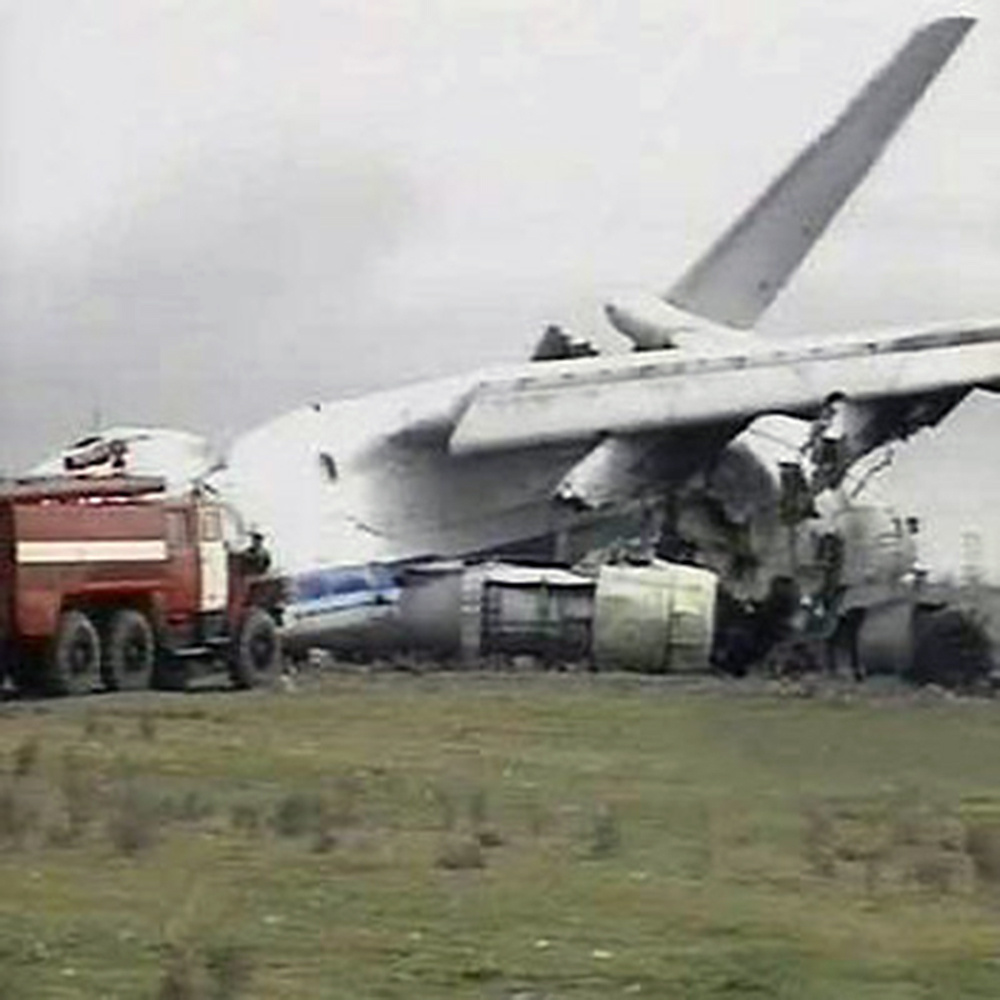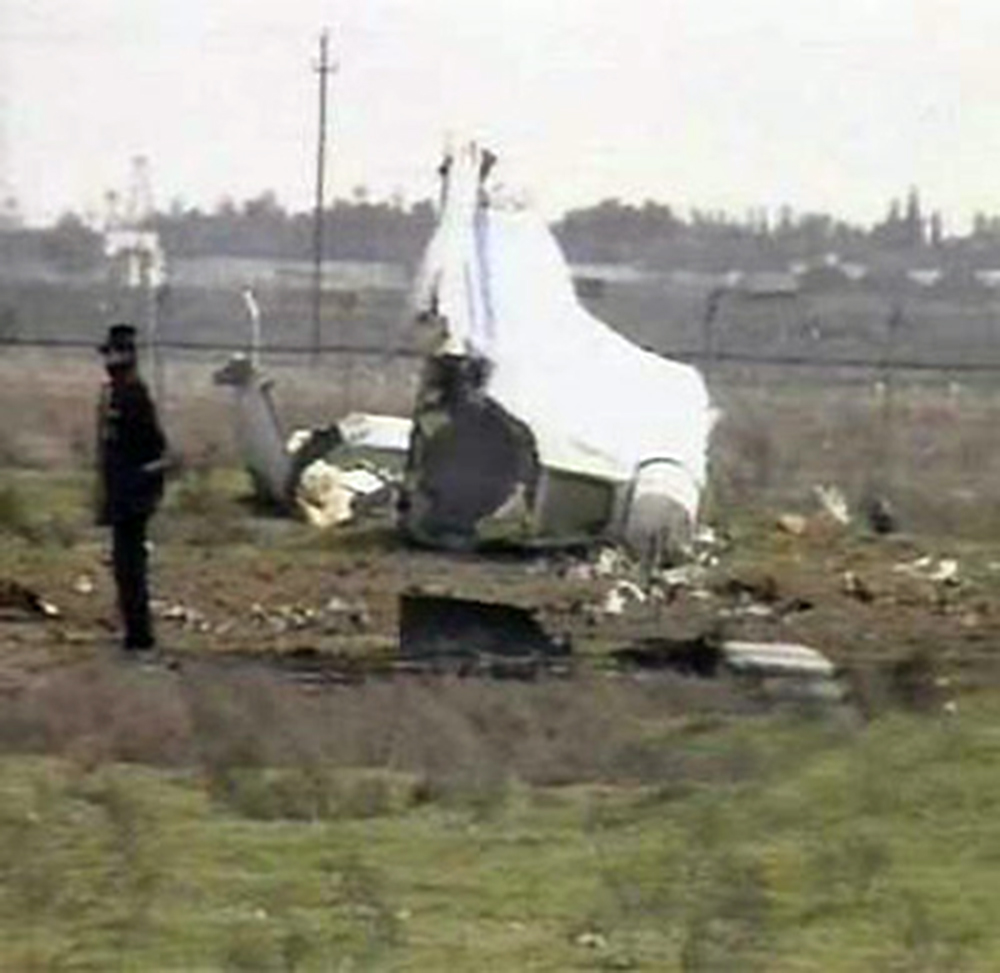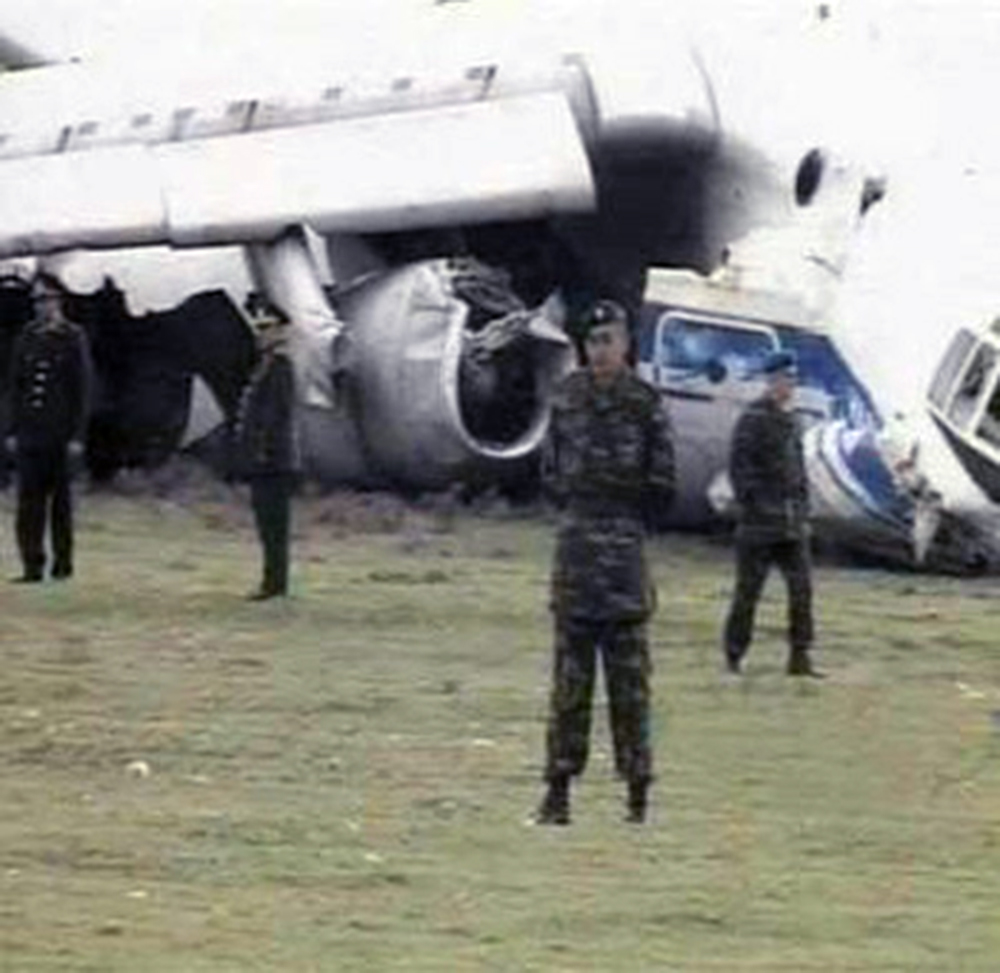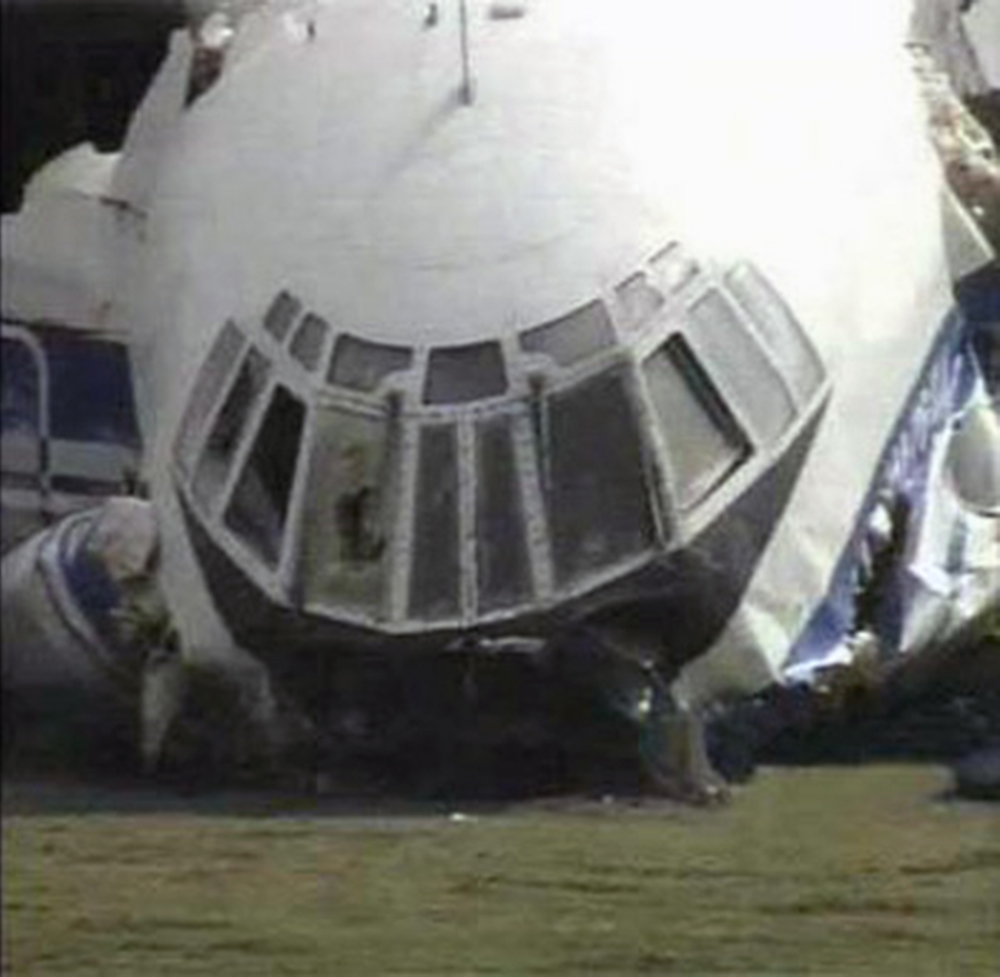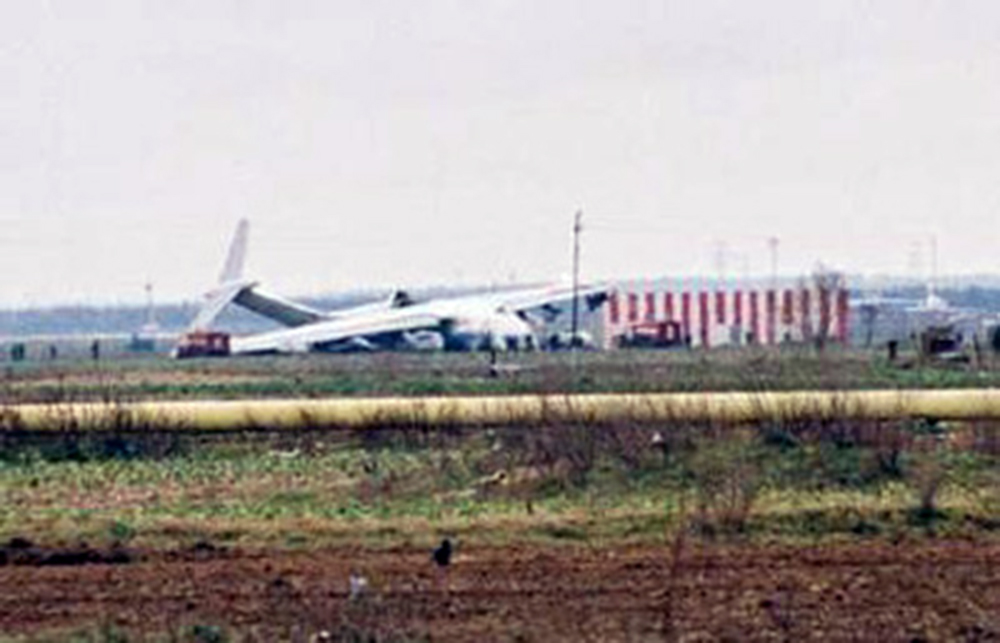Crash of an Embraer ERJ-190AR in Aktau: 38 killed
Date & Time:
Dec 25, 2024 at 1228 LT
Registration:
4K-AZ65
Survivors:
Yes
Schedule:
Baku - Grozny
MSN:
190-00630
YOM:
2013
Flight number:
J28243
Crew on board:
5
Crew fatalities:
Pax on board:
62
Pax fatalities:
Other fatalities:
Total fatalities:
38
Circumstances:
The airplane departed Baku-Heydar Aliyev (Bina) Airport on a regular service (flight J2/AHY8243) to Grozny, carrying 62 passengers and a crew of five. Apparently due to low visibility at destination airport, the crew decided to divert to the alternate airport, Aktau, on the east coast of the Caspian Sea, in Kazakhstan. On final approach to Aktau Airport Runway 11, the airplane initiated a steep descent then rolled to the right before crashing in an open field located some 3 km short of runway, bursting into flames. It is reported that 29 people survived while 38 others were killed. Three cabin crew survived while both pilots were killed. There are conflicting reports regarding the activation of squawk 7700 while over the Caspian Sea and a possible emergency message from the crew, as well as erratic manoeuvre from the airplane during the last minutes of the flight. Videos shows unusual impacts on the tail and also an unexpected opening of the trim tab door located at the rear right side of the fuselage. The assumption that the airplane may have been hit by hostile action (intentional or otherwise) is not ruled out. Three days after the accident, Russia's President apologized to Azerbaijan's President for the tragic accident. It was reported that at the time of the accident, Russian Air Defense Systems were firing on Ukraine drones and repelled that attack. The crew attempted to land twice in Grozny then diverted to Makhachkala. Due to poor weather there, he eventually decided to continue to Aktau. Among the occupants were 42 Azerbaijani (including all five crew members), 16 Russian, 6 Kazakh and 3 Kyrgyz citizens.
